1. Your fruit is covered in indigestible wax

Most people know you should always wash fresh produce you get from the store. Bacteria, pesticides and actual pests can be lodged deep in your lettuce.
One thing that won’t wash off: the artificial wax coating your fruit.
For many years, everything from apples to cantaloupes, limes and pineapples has been dipped, sprayed or brushed with a glossy, preservative coating. These coatings replace the natural wax that gets removed when the fruit is initially picked and washed.
The wax helps delay ripening, prevent bruises and enhance a fruit’s appearance, and many formulas also contain fungicides to inhibit mold.
It’s indigestible, so it will pass safely through your body without being absorbed — but if you’re worried, you’ll either have to peel your apples or look for a brand that doesn’t use wax. Because the coating is designed to repel water, it doesn’t rinse off easily.
2. Your snapper isn’t snapper

This fishy practice is much more common than you’d think. The conservation group Oceana conducted a landmark study between 2010 to 2012 that revealed a third of all seafood products sold in the U.S. were mislabeled.
Fish sold as pricey red snapper is often plain old tilapia. The grouper you just splurged on might be “whitefin weakfish.” And Oceana found that 84% of all white tuna tested was actually escolar — an oily fish dubbed “the laxative of the sea.”
While the report prompted a government crackdown, the problem is far from solved. A follow-up study in 2019 found a fifth of all seafood tested was still mislabeled.
3. Your food is full of ‘reconditioned’ rejects
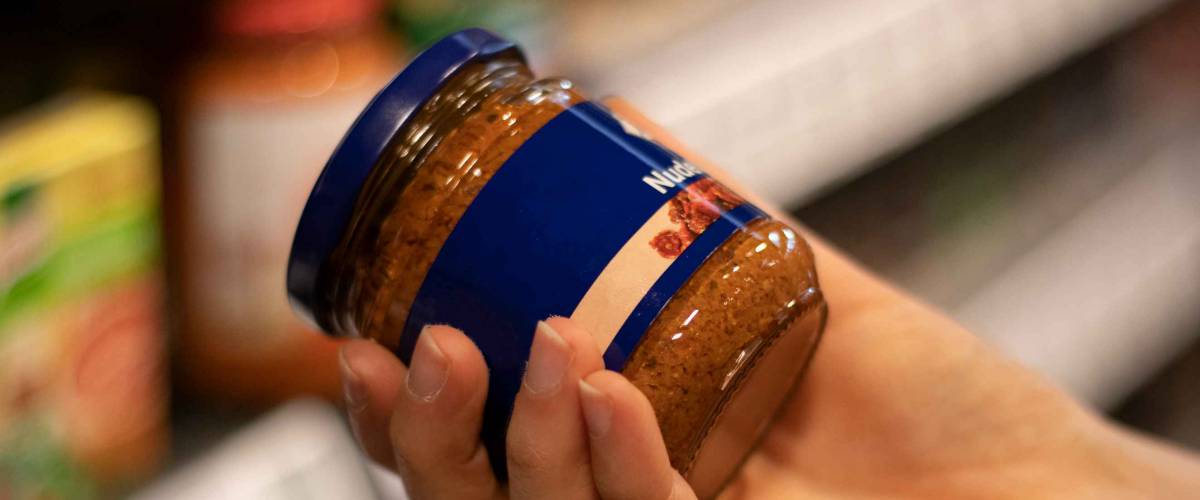
If the factory botches a batch of blueberry ice cream — maybe the taste or consistency is not quite right — it doesn’t just go in the trash.
Believe it or not, the FDA has a provision allowing the makers to “re-label or recondition” faulty products into something else.
As long as it’s safe for consumption, that bad Blueberry Bonanza could be mixed in with a large batch of chocolate ice cream, NBC News says, with the strong flavor and dark color masking its presence. Misshapen pasta might be ground down into semolina flour.
4. Your meat is doused in carbon monoxide

Yes, the deadly gas that kills hundreds of Americans every year.
Meat and fish tends to brown quickly when exposed to air. That’s why food processors use harmless amounts of carbon monoxide and other inert gases to replace the air in packaging, helping to keep the product in the pink — literally.
Although the FDA approved the technique back in 2004, the European Union and countries like Canada and Japan have banned the use of carbon monoxide in certain products. Some critics say the process puts factory workers at risk, while others argue the ruddy color deceives customers into believing their meat is fresher than it actually is.
On the other hand, consumers may find it more difficult to tell when their meat is cooked, if it starts off already brown.
5. The bakery isn’t baking much
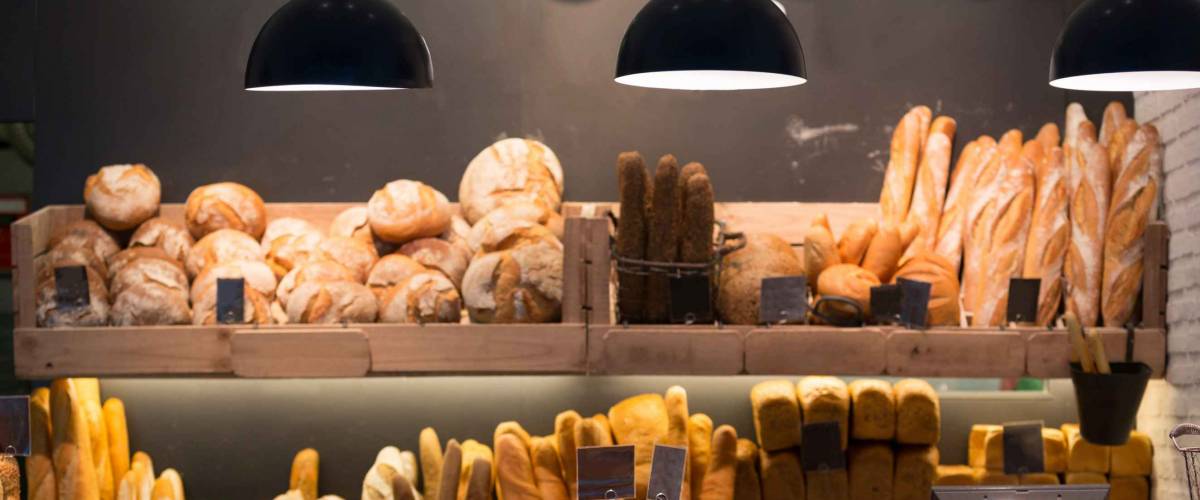
Don’t let your nose deceive you: The smell of freshly baked bread drifting from the in-store bakery doesn’t mean you’re getting something baked from scratch.
“Did [the customers] think the three people they see in the department baked the 3,000 products we stock on the shelves from scratch every day?” asks ohwowohkay on Reddit. “Do they think there is an army of minimum wage workers hidden in the back lovingly kneading breads and whispering encouragement to cake batter as it goes into the oven?”
Grocery store bakeries just don’t have the manpower, the expertise or the facilities to make all their products onsite. Most goods arrive in the form of frozen dough or are partially baked in a factory. That way they just need a few minutes in the oven to crisp up and get that fresh scent.
You might as well buy a box of readymade cake mix.
6. The hot food section is full of expired meat
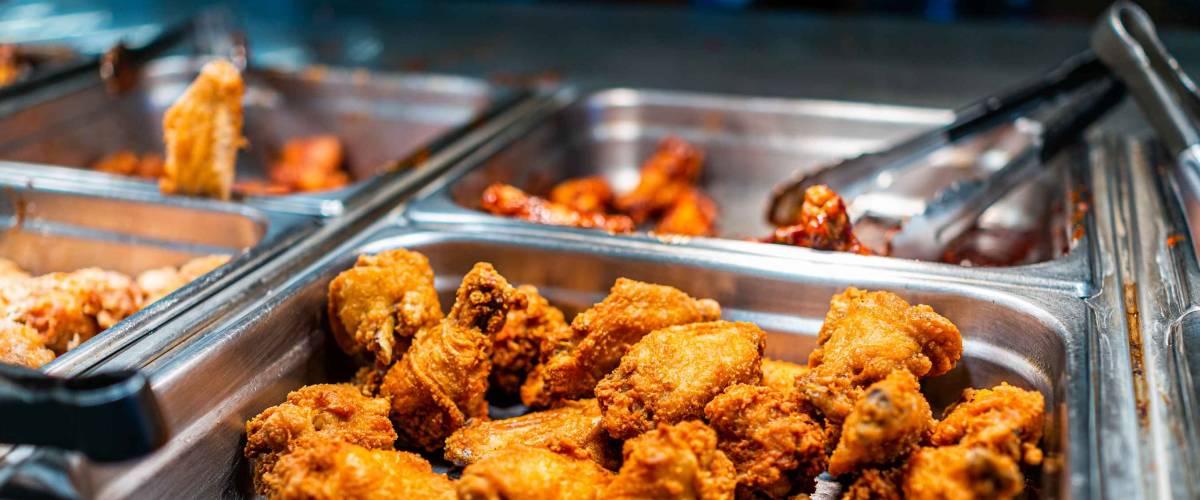
While grocery stores produce an unbelievable amount of waste, they do try to reduce, reuse and recycle their old food — even if you’d rather they didn’t.
“The meat in the ‘hot meal’ section was often just about to expire. We'd take chicken that was about to go bad/expire and fry it up and sell it,” says wastingtoomuchthyme on Reddit.
That’s right: While some food that’s past its prime gets donated to food banks and salvage stores, aging veggies and meats are often cooked up for salad and deli counters before they spoil, The Atlantic confirms.
How is that legal? Well, as long as the food is safe to eat, the authorities don’t really care what the label says. With the exception of baby formula, “best before” dates aren’t even required by federal law.
7. The layout is a money-grabbing maze

Ever notice that most grocery stores have the same layout? That’s because every inch is designed to distract you and pile up your cart with things you don’t need when you promised yourself you were just going in for milk and eggs.
Colorful fruits and veggies go at the front to catch your eye. Dairy products, meat and other staples go at the back so you’re forced to walk past the aisles. Candies, chocolates and flowers go by the checkout, perfect for a quick impulse buy.
And the delicious smells drifting from Costco’s food court just by the exit will make you reconsider going home for lunch after your shopping spree ends.
Even individual products are arranged in very specific ways. “Our brands and the brand that pays for the privilege or is the undeniable king of that product will take centre stage on that shelf. The lower and higher shelves will have the same product of different brands,” explains available_splinter on Reddit.
8. The music is hypnotizing you
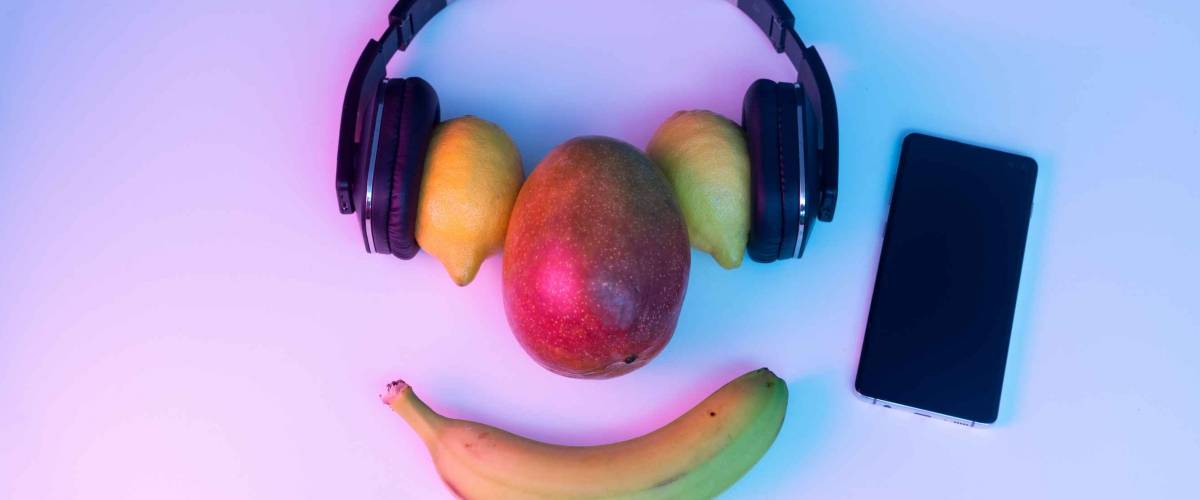
If the music in your local grocery store is putting you to sleep, it doesn’t mean the owner is a bore. It means they’ve done their research.
“We play a fairly mild mix of music, from classic to current, but nothing heavy — and this is to relax customers, slow them down, and hence they spend more time in the store and are likely to spend more,” writes available_splinter on Reddit.
Two studies are regularly cited as proof of this effect. A 1966 study published in the Journal of Applied Psychology found loud music pushes shoppers to leave faster, while a 1982 study in The Journal of Marketing reported that slow music encourages shoppers to move slowly, stay longer and ultimately buy more.
9. Old food is at the front … and the back
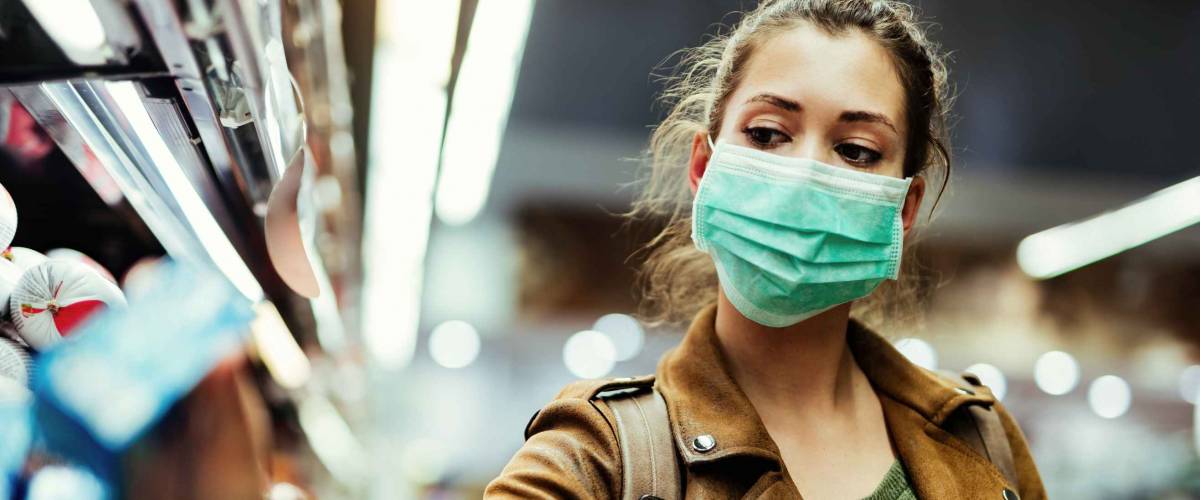
Every seasoned shopper knows to grab their milk, bread and meat from the back of the shelf. It’s common practice while restocking to shift older items to the front to encourage customers to buy them first and prevent them from going to waste.
Always check the expiry date just in case, however. Sometimes, shoppers move products around — and sometimes, employees just don’t.
“Rotating every product is a pain and usually only happens in products with a short shelf life. 15 years of grocery experience says the items in the front are typically the freshest. You only get so much effort paying folks $9/hour to stock shelves,” says cliffordson2003.
10. Stores will resell items you’ve already bought

It’s happened to us all. You’re unbagging groceries at home and realize you left something all the way back at the store checkout.
“I once forgot to grab a bag at a big box store, didn't realize till I got home (I only lived five minutes away). Called the store, explained what happened and was told that the cashier had put all my PAID FOR items back on the shelf for resale. In five minutes,” recalls peaches9057 on Reddit.
Most grocery stores rely on a creative interpretation of ownership, the Los Angeles Times confirms. Since forgetful customers usually don’t return, stores will happily sell the same box of cookies twice, doubling their profits — even though they don’t really own it anymore.
11. Different brands are often identical

Don’t be a brand snob — you’re often getting fleeced.
“Buy the store brand/off brand basics (milk, eggs, flour, etc.). It's literally the same exact thing from the same exact place as the more expensive brand name stuff,” says Shay_da_la on Reddit. “Also quite a bit of store brand/brand name stuff is made at the same facilities (with differences in recipes). This is not always the case, but it happens more often than you think.”
It’s true, grocery store shelves are full of both “private label” and “white label” products.
One example of a private label is Costco’s Kirkland Signature. Its products are actually made by all kinds of famous companies, like Duracell for batteries and Bumble Bee for tuna.
Meanwhile, manufacturers will often sell the exact same “white label” product to multiple grocery stores, allowing each one to brand it with whatever name and logo they like.
12. Grocery stores produce a ton of waste
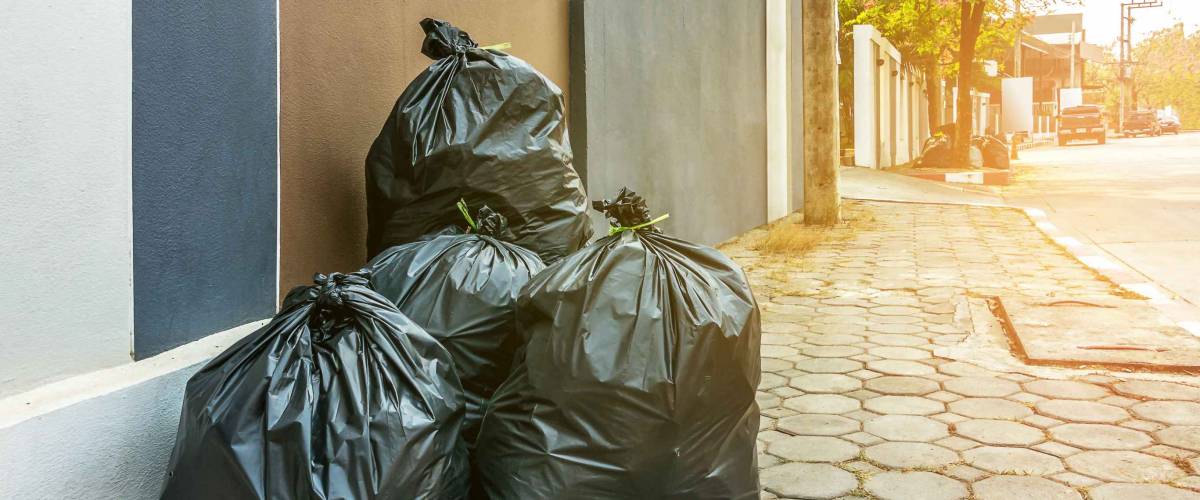
Every year, groceries and supermarkets in this country are responsible for producing around 16 billion pounds of food waste, according to Feeding America. That’s twice as much as takeout restaurants.
While grocery stores are definitely complicit — whether they’re over-ordering produce to make their displays look full or throwing out whole egg cartons over a single cracked egg — the ugly truth is that customers are complicit, too.
No one wants to buy bruised or misshapen fruit, especially if it comes in a dented box. And second-guessing your purchases might be the biggest sin of all.
“[The customers who decide they don’t want a certain chilled or frozen product] just dump it down some random aisle. We are not allowed to put it back, we have to waste it because we can't tell how long it's been there for, as chilled or frozen products are given a 20-minute deadline. My store has to waste thousands of pounds a year because of this,” writes cay87 on Reddit.
13. The apples can be close to a year old

In all likelihood, that bushel of shiny green Granny Smith didn’t arrive at your grocery store straight from the farm. Far from it.
"Apples can be stored in proper conditions for close to a year and still be sold at the supermarket. So that apple you’re buying in May is most likely from sometime the year prior,” writes Redditor youngnotpowerless.
The U.S. Department of Agriculture confirms that harvested apples last up to 10 months under temperature-controlled, low-oxygen conditions. Once they’re shipped to stores, however, they’ll only last days or weeks before going bad.
Not all harvested apples go into long-term storage — and some retailers will even tell you when and where they were picked — but if you want genuine freshness, your best bet is to buy seasonally and locally.
14. Organic doesn’t mean pesticide-free

Many health-conscious shoppers reach for “organic-certified” fruits and veggies or foods with “organic ingredients'' because they believe they’re made without pesticides. Often, that’s not true.
The organic label does mean your food has met certain standards: It can’t contain GMOs or come into contact with a list of prohibited substances that include most (but not all) synthetic fertilizers, pesticides and fungicides.
Naturally occurring pesticides, like the neon blue copper sulfate, are A-OK for use in organic farming — even when they’re just as toxic as synthetic ones in large doses. Try not to worry, though. Government regulations ensure both kinds of pesticides are used in safe concentrations.
15. There could be fish bladders in your booze

Not all wines are vegan, in case you believed otherwise.
Most people aren’t aware of what goes into their rosés and whites. The Alcohol and Tobacco Tax and Trade Bureau doesn’t have the same strict labeling rules as the FDA: That means your bottle won’t reveal much more than the alcohol percentage and the presence of food coloring.
Fining, for example, a process that removes impurities and stabilizes wine, can involve some strange animal byproducts. This could include anything from egg whites and gelatin to crustacean exoskeletons and fish bladders.
Oh, and up until 1997, ox blood was fair game as well.
16. Brown bread isn’t always better for you

If you’re minding your fiber, you’re probably passing over white bread for the brown variety. It’s a good instinct, but you shouldn’t judge a loaf by its color.
White bread can be dyed with caramel coloring to deceive buyers, CBS News reports. Even rye and pumpernickel aren’t that beneficial, as they can include refined grains.
Your best bet is to look for a label like “whole wheat” or “whole grain” and double check the nutrition facts. You want breads that have high fiber and low sodium and hydrogenated fats.
17. There are bug bits in your chocolate
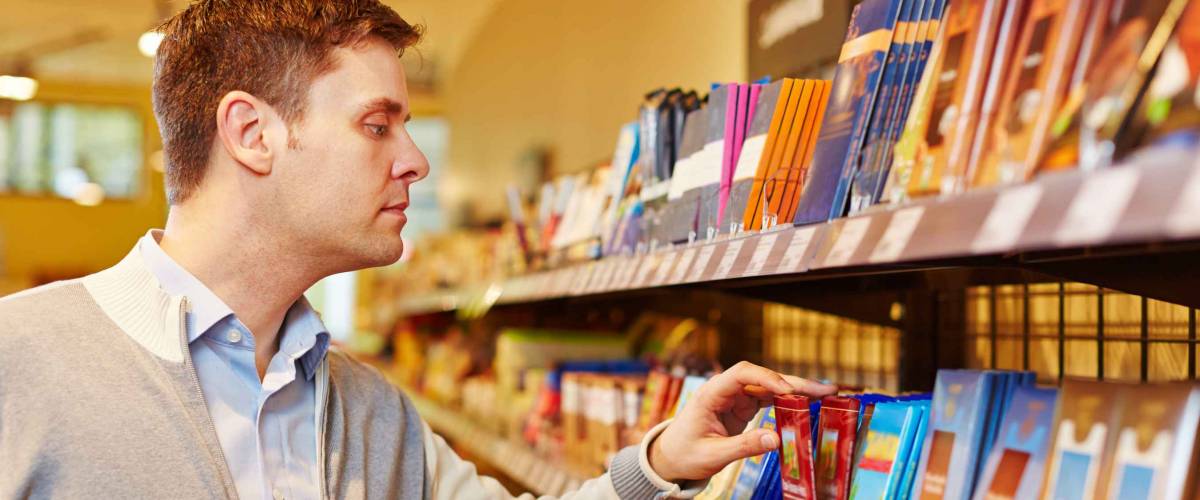
Yes, your favorite 100-gram candy bar might be encrusted with up to 89 “insect fragments” — and up to two rodent hairs.
The FDA says it’s “economically impractical to grow, harvest or process raw products that are totally free of non-hazardous, naturally occurring, unavoidable defects.” The administration manages a list of foods and the maximum amount of mold, plant stems and larvae that’s acceptable in every bite.
And it’s not limited to chocolate. You’ll find all sorts of approved filth in everything from pasta to peanut butter. Numerous spices allow a certain amount of “mammalian excreta” (mouse poop) per pound.
18. Trying samples encourages you to buy more food
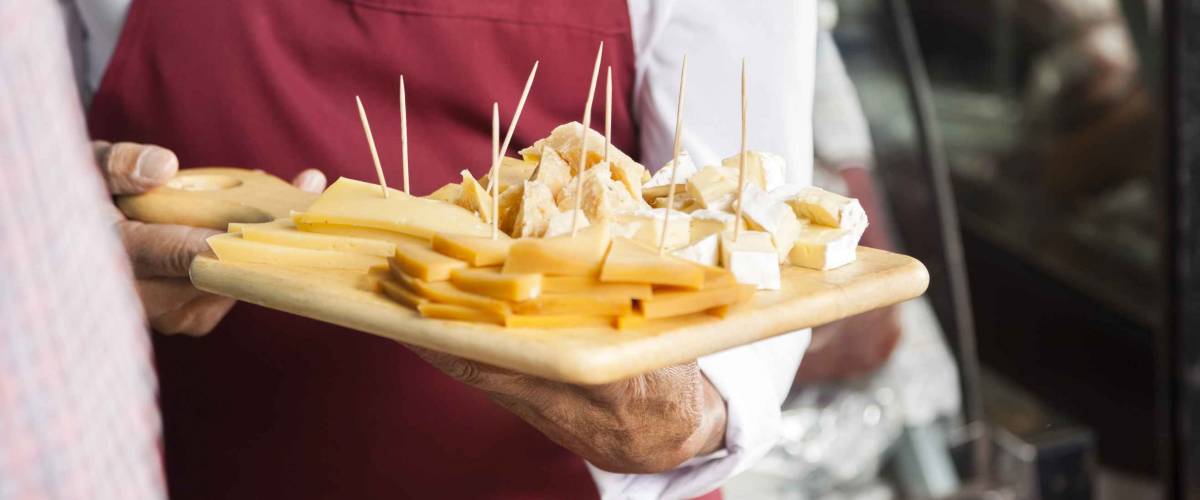
Some say their favorite aspect of Costco is the employees with free samples lurking around each corner. Feeding hungry shoppers tiny morsels of free food is a strategic practice.
In fact, Supermarket News reported in 2005 that one Indianapolis-based supermarket found that samples increased sales by as much as 2,000%.
And offering free food in stores encourages people to buy products but it can also increase customer loyalty.
“Reciprocity is a very, very strong instinct,” Dan Ariely, a behavioral economist at Duke University, told The Atlantic, “If somebody does something for you, you really feel a rather surprisingly strong obligation to do something back for them.”
19. Look out for plumped meat

Your meat could be injected with a salt-and-water solution to make it taste good even if you do a poor job of cooking it. So, what’s the issue?
Chicago Tribune says you might be paying the same, or even more, for enhanced products that end up containing less protein per pound, compared to untreated products. On top of that, you could be unconsciously increasing your sodium intake, depending on how much salt you add while cooking.
Make sure to check the labelling on your meat for flavor solutions first.
20. Stores use color schemes

You may have heard that restaurants use colors to attract customers and evoke certain emotions — like McDonald’s Golden Arches that allegedly make you feel happy. Stores do it too.
CNN says green typically lures environmentally-conscious consumers, even if the store itself isn’t particularly eco-friendly. Most retailers love the color blue. Research shows that it signifies dependability and can increase customer loyalty. Large chain stores like Walmart, Kroger and Aldi all feature the color blue in their branding.
You’ll find this scheme repeated inside on product labels as well. The Kitchn says red is extremely popular in food marketing, since it’s both eye-catching and makes you feel hungrier.
21. Your ground beef might be contaminated by feces
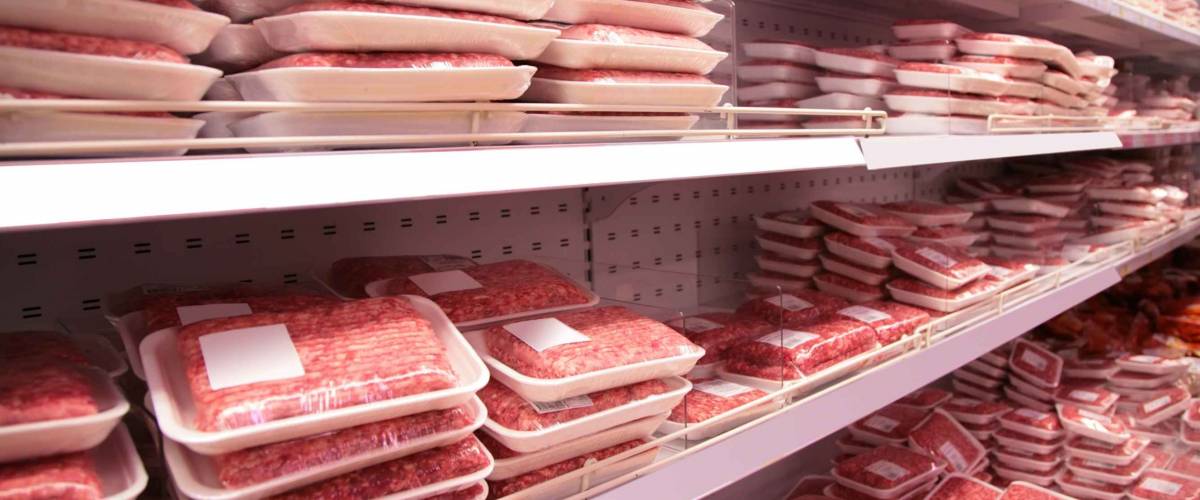
Think on this the next time you make yourself a taco.
Consumer Reports performed a study in 2015 and found that all of its 300 ground beef samples from grocers across the country “contained bacteria that signified fecal contamination.”
CNN also reported in 2019 that while the USDA says it has a “zero tolerance policy for fecal material on meat and poultry,” it’s a lot easier for inspectors to find visible feces on carcass surfaces, than it is to find feces inside.
The Physicians Committee for Responsible Medicine, which promotes plant-based diets and ethical scientific research, says that almost half of chicken products it examined tested positive for fecal contamination.
22. The ‘fresh’ fish may not be as fresh as you suppose
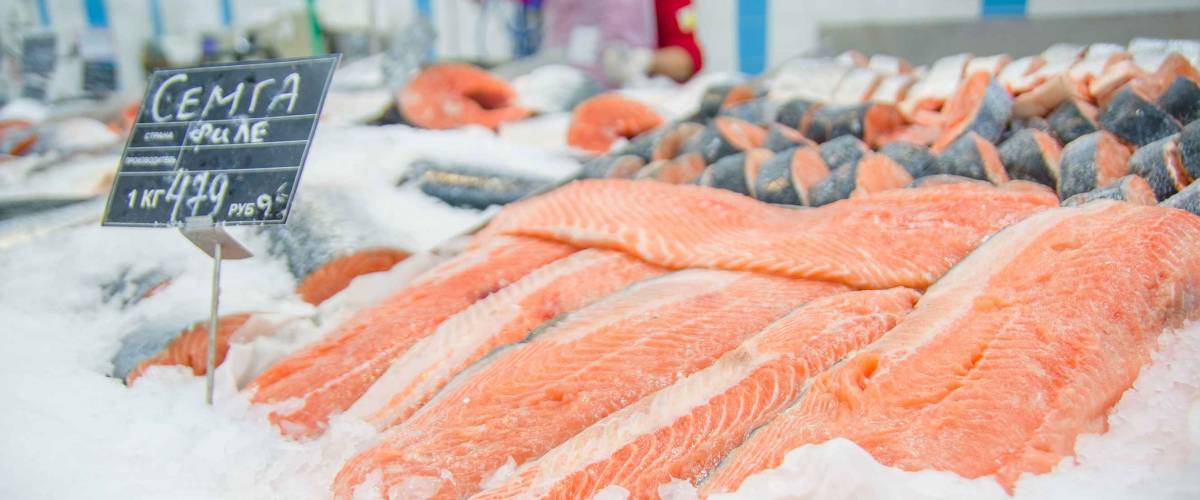
When you’re grabbing fish at the grocery store, do you head straight to the frozen aisles or pick up your fish “fresh” — and fork over a few more dollars — from those ice beds at the seafood counter?
The Washington Post says the counter fish might not be as fresh as you believe it to be. Some of them could be labelled “previously frozen”, while others may have sat on the counter for weeks beforehand.
Buying frozen is actually the more sustainable option — the seafood department usually ends up throwing out a lot of its display fish — and it’s usually cheaper, too.
23. Your steak could be mechanically tenderized
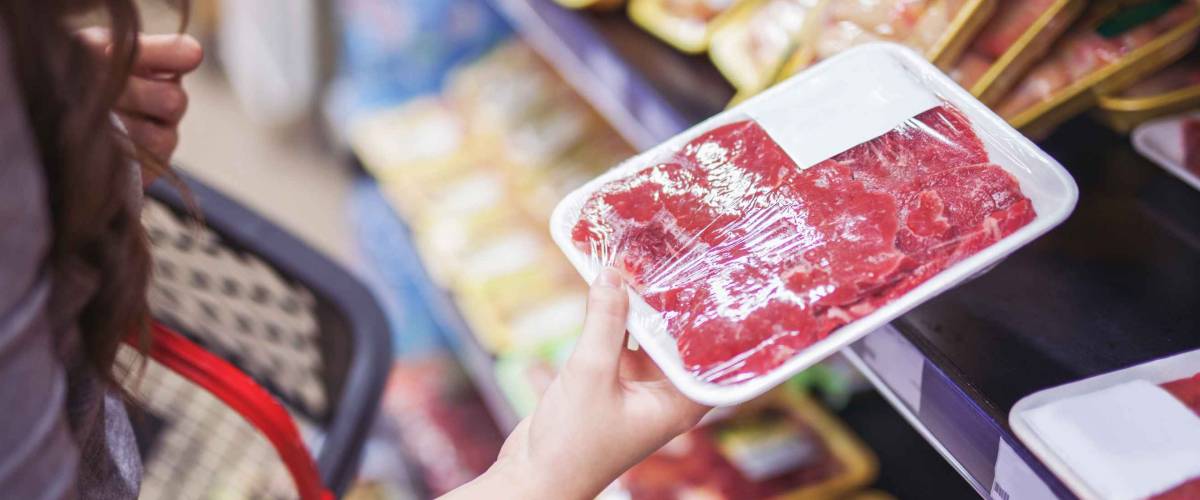
If the label on your steak says the meat’s been mechanically tenderized, or “blade tenderized”, you probably want to avoid serving it rare.
This process involves piercing the meat with blades or needles to break down muscle fibers and make your steak easier to chew. However, this means pathogens and bacteria on the surface of your meat are more likely to get transferred inside.
You’ll want to follow the cooking instructions and ensure your meat’s been cooked properly all the way though. The USDA reported in 2017 that the Centers for Disease Control and Prevention traced six outbreaks to mechanically tenderized beef products prepared in restaurants and consumers’ homes since 2000.
24. The produce might be ripened with ethylene gas

Your fruits and veggies might be getting pre-ripened using a naturally-occurring gas that’s commonly produced by fruits like bananas.
Grocery store suppliers typically pick their fruits while they’re still unripe (so that they don’t spoil before they hit store shelves) and then they are sent to warehouses that contain pressurized rooms filled with ethylene gas to induce the ripening process.
Keep your bananas separate from other fruits once you get them home — or your apples and oranges might spoil faster than expected.
25. The carts are rarely clean

Don’t let your teething toddlers nibble on the shopping carts, please, even if they throw a tantrum in the middle of the store.
Researchers at the University of Arizona told ABC News in 2007 that shopping carts could be even germier than public restrooms, finding traces of saliva, bacteria and even fecal matter on their surfaces. Some grocery stores might offer wipes to sanitize them down first, however so keep a lookout for those.
It is worth noting that cleaning procedures have changed in many grocery stores due to the pandemic. The FDA released a list of best practices for retail stores to follow while operating during the pandemic.
Redditor LilG1984 also recommends you wash your hands after handling the carts, as “they're a breeding ground for germs.”



